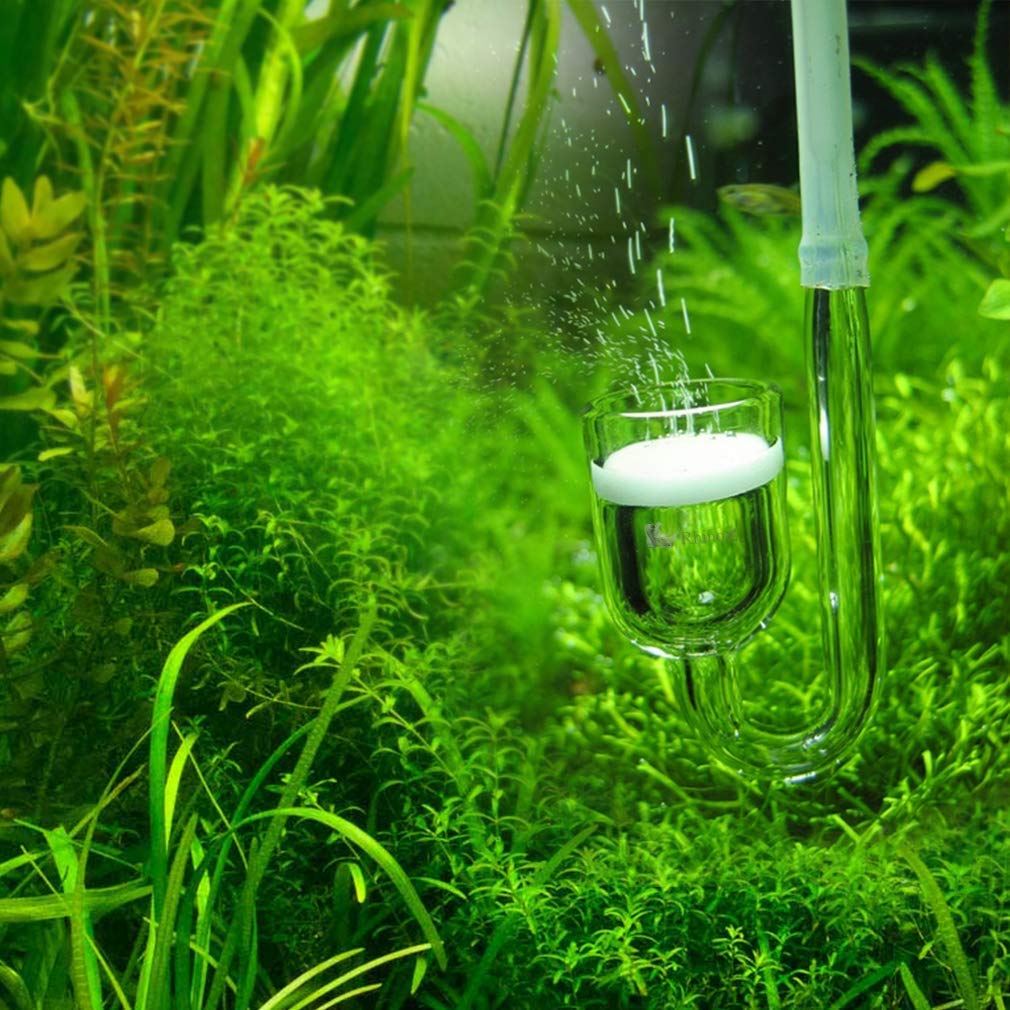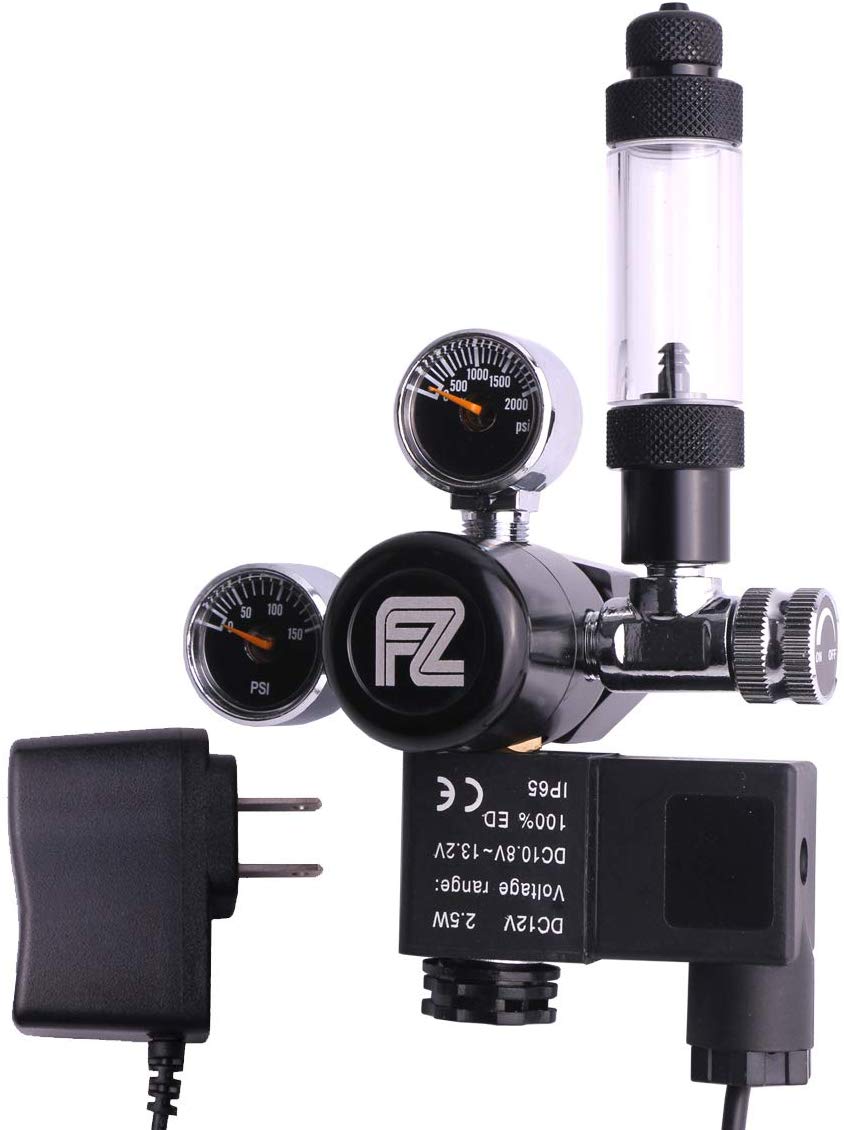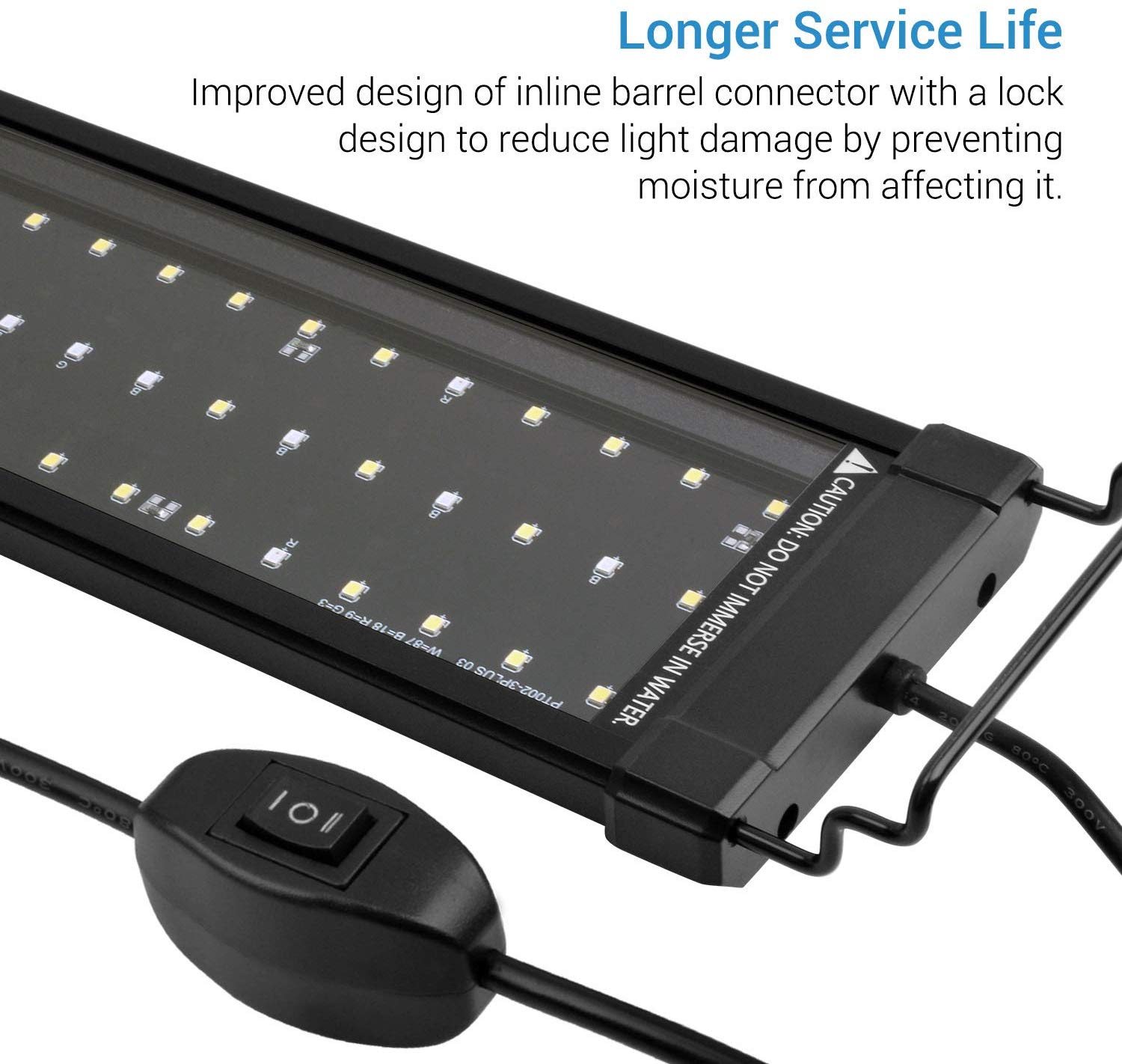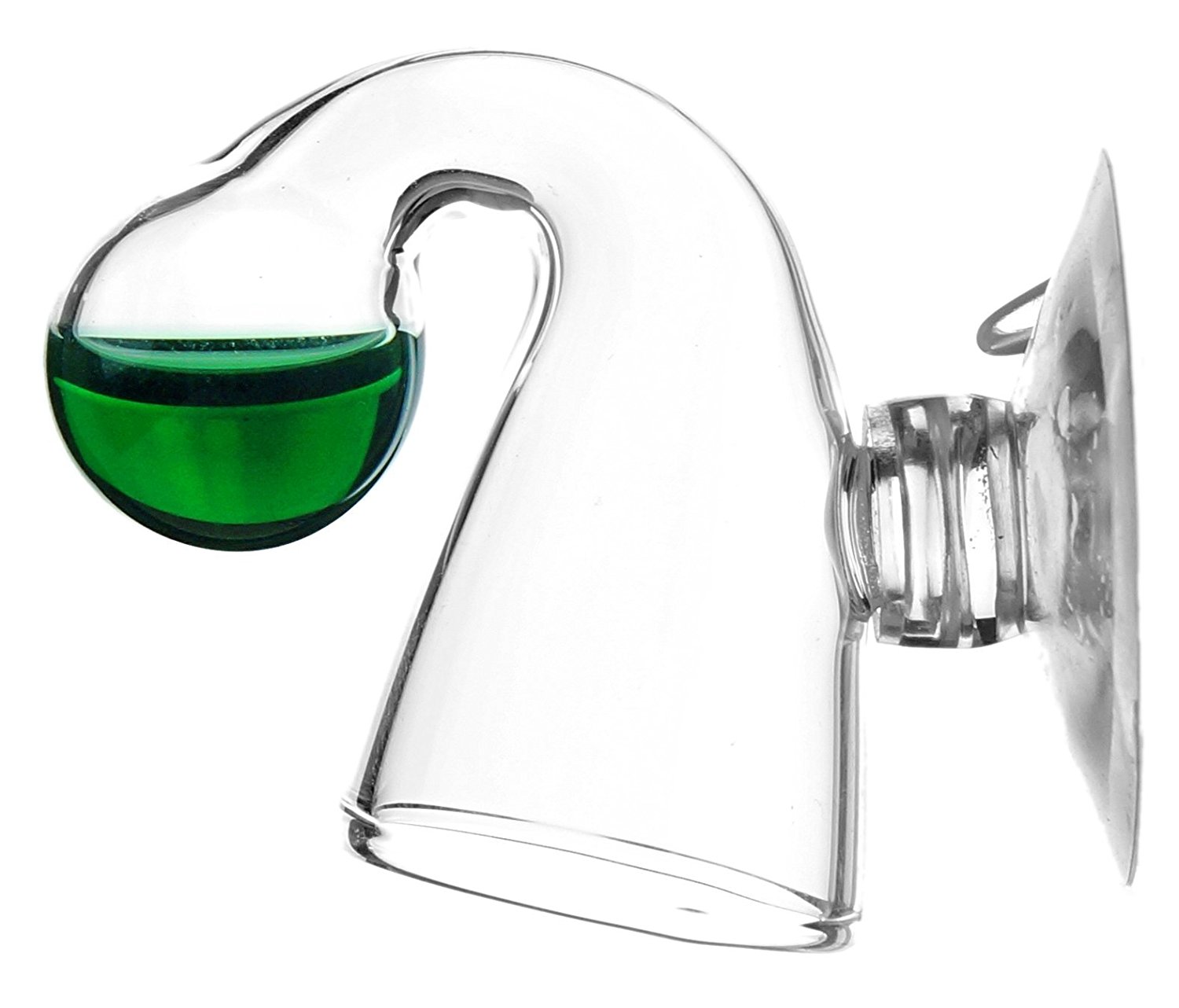
We’ve all been there. We were just doing our usual web browsing until we come across some image or video that showed us an underwater landscape. We click the image or video and watch in awe as our screen fills with lush scapes of greens and reds and yellows. But how exactly is this possible?
The only aquariums we’ve ever seen are the ones in dentist offices or some nearby shopping mall. And those almost never had any real plants in them. In this article we’ll go over the gear that’s needed on how to keep live plants in an aquarium.
First off, you should understand that most (if not all) of the plants you’ve seen in those aquascaping videos and/or images are grown immersed in water. This means that the plants in its natural state, grow while partially submerged in water. And if you remember anything about photosynthesis, this is a good thing because there is plenty of carbon dioxide in the atmosphere. And plants love carbon dioxide (CO2). But how do we get CO2 underwater?
Queue the CO2 injection mechanism.
The CO2 Tank
First option is a brewers tank (used primarily by home beer brewers): 5 lb Aluminum CO2 Air Tank
Second option is the paintball tank (requires a CGA 320 adapter): Aluminum CO2 Paintball Tank MUST BUY AQUATEK CO2 Paintball Tank Adapter for CGA 320 Standard CO2 Regulator
Any one of these purchases would will serve the purpose of holding the much needed CO2 supply that your submerged aquarium plants need to live. You will just have to choose how much CO2 you want to hold at any given time, this is influenced by the size or you tank and how often you’d like to refill it. For what it’s worth, a paintball sized CO2 tank will last a 20g aquarium ~2 months of CO2 twice a day.
Also, The tanks both will have the CGA320 interface that will be the connection between the tank and the regulator/solenoid mechanism.
The regulator with solenoid
To regulate and control the CO2 that runs from the tank and into your planted tank. You’ll need a regulator with a solenoid.
The FZONE Aquarium CO2 Regulator is a great choice since it already comes with components you’ll need to buy anyways. These components are the bubble counter (used as a measure to figure out how much CO2 is being pushed into your aquarium) and the check valve (this is used to prevent aquarium water back-flowing into your regulator/co2 tank…which would ruin it).
Now, any aquarium or hydroponic regulator / solenoid combo would be okay as long as it’s rated for use with aquariums. You would just have to buy the bubble counter and check valves separately. If you are going this route, be sure to consider these top rated Bubble Counter and Stainless Steel CO2 One Way Check Valve.
Don’t forget to purchase a timer so that these tanks can run on their own. You could use the approach some planted tank enthusiasts use and do a slow trickle of CO2. But, the preferred method is using a timer to control your regulator/solenoid. Any outlet timer will do, these BN-LINK outlet timer are great since they come highly rated and come in a two pack. That’s because you’ll need lights for your plants to grow and you can use that second timer to control it.
The lights
The top two choices (that get the job done and with great results and value) are the:
NICREW ClassicLED Plus
and the:
Beamswork DA FSPEC LED
The only thing you have to worry about is the size. To figure out what size you need, simply measure the top of your tank longways and buy a light that is at least .5 inches longer than that number.
The Peripherals
You’ll need CO2 Proof Tubing to connect your regulator to your CO2 Diffuser (be sure to use plenty of Aquarium Suction Cup Clips Airline Tube Holders to keep your tubing in place). And don’t forget a CO2 Drop Checker, this is used to monitor the CO2 levels in your aquarium. The drop checker liquid will move from blue (least CO2) to green (moderate CO2) to yellow (too much CO2), you’ll want to shoot for a green to green-yellow color. This depends on the plants you are growing, with carpeting plants being the most demanding.
Conclusion
It may seem like a lot and confusing at first but, it’s actually straight forward once you familiarize yourself with what each component is used for. You can reference the paintball tank setup guide if you need help setting up, it’s filled with images that show exactly how each part connects.






